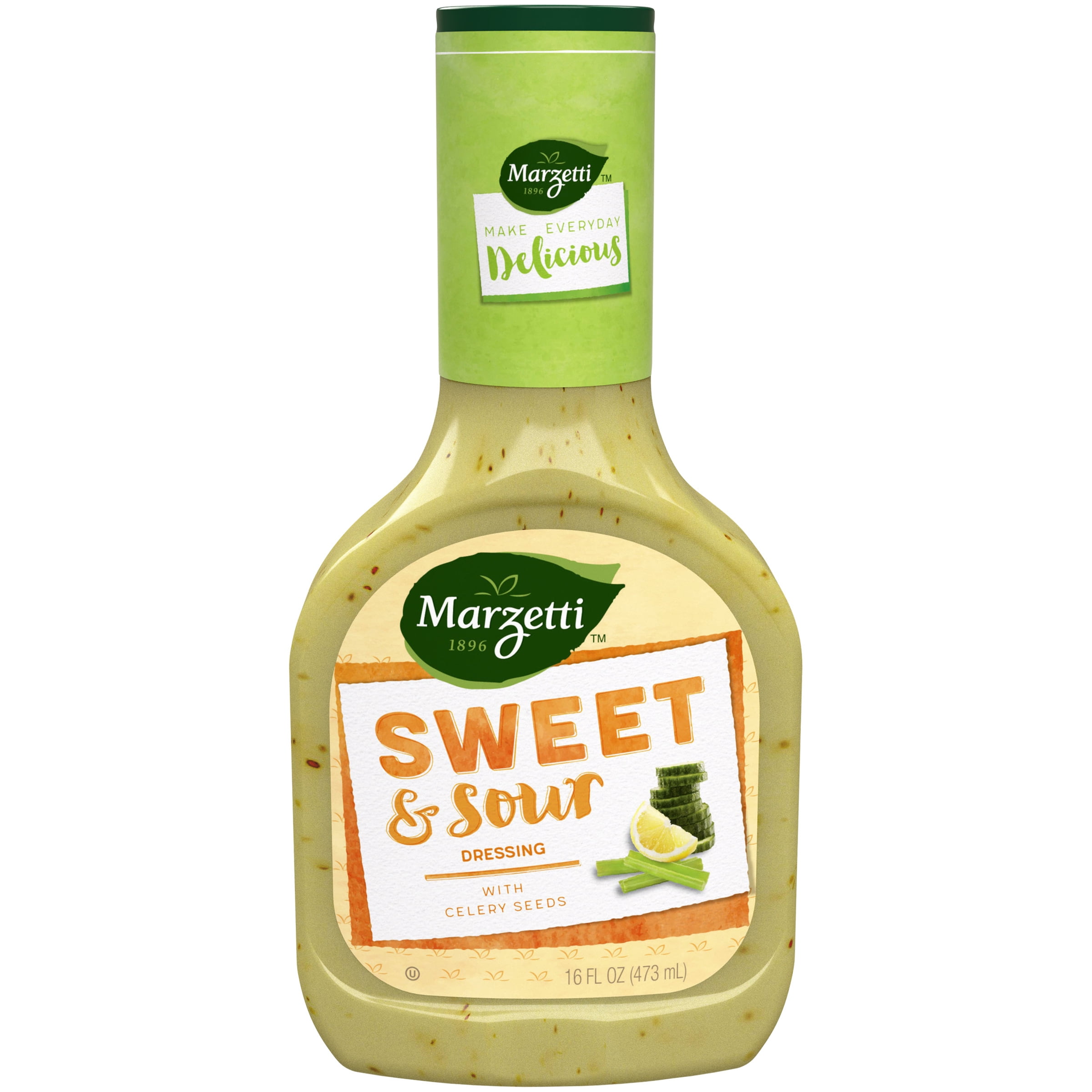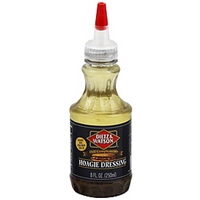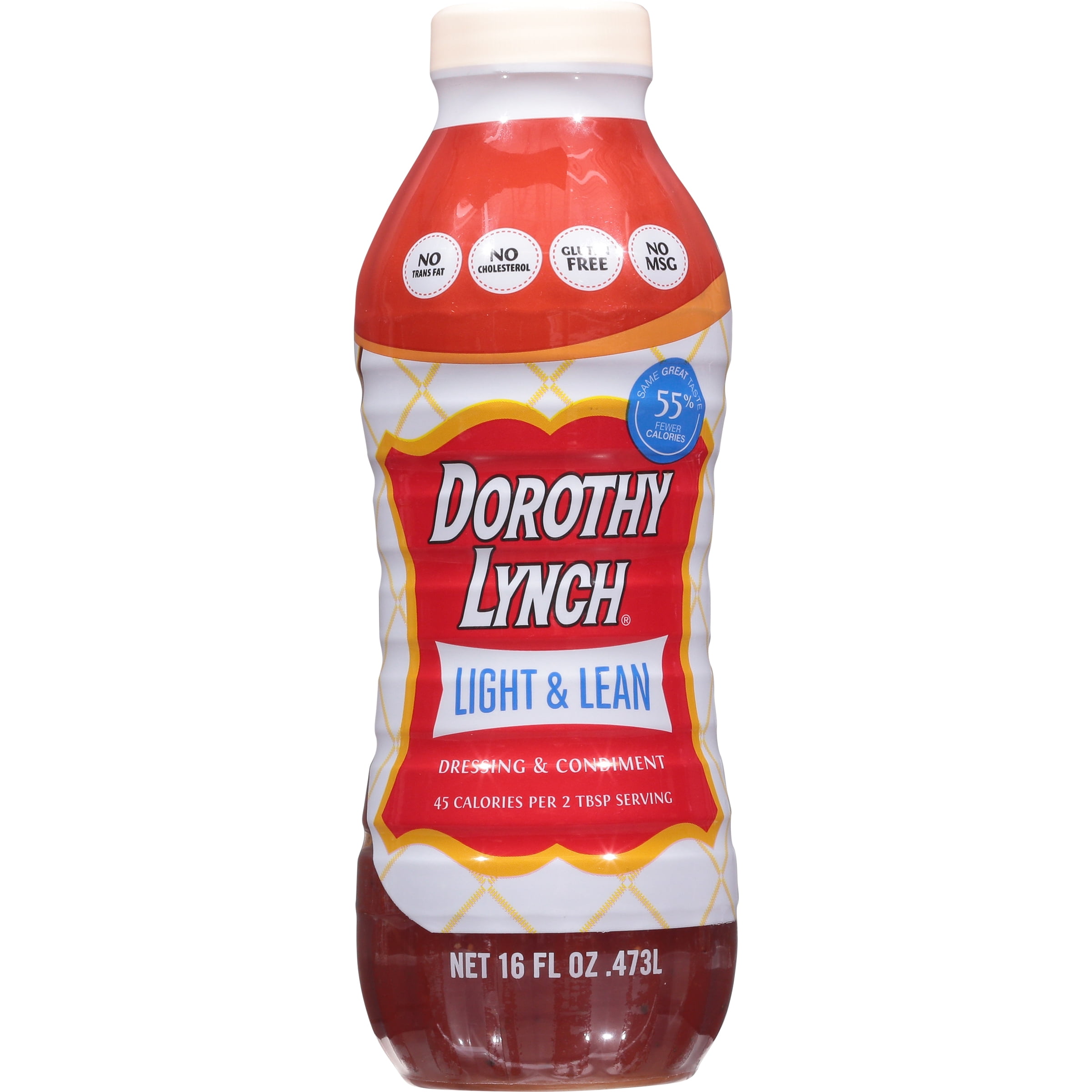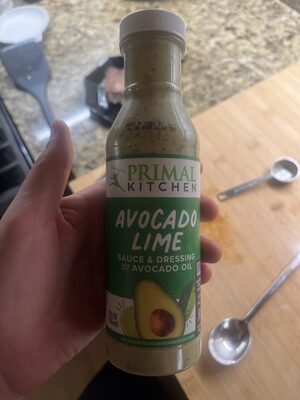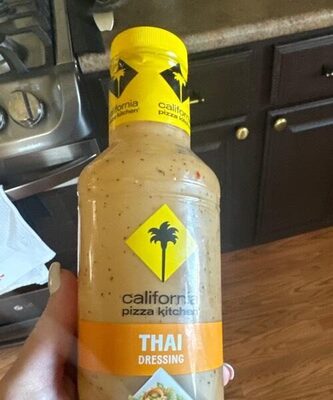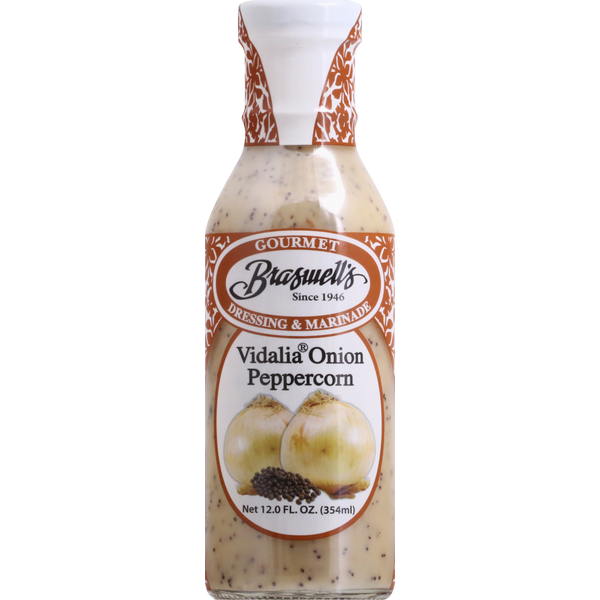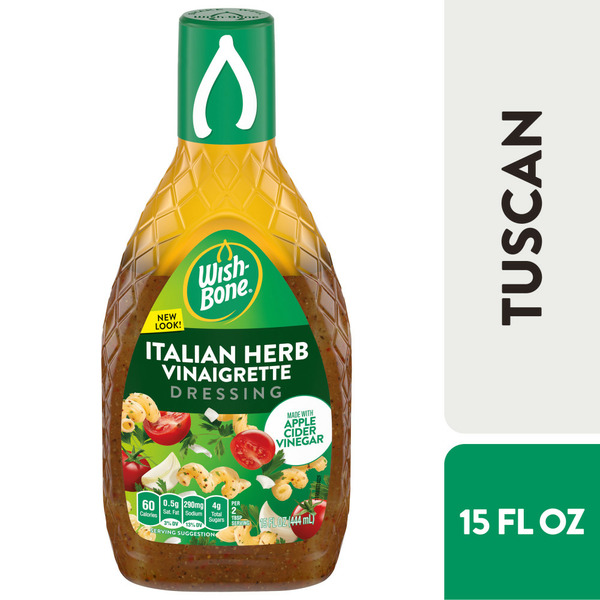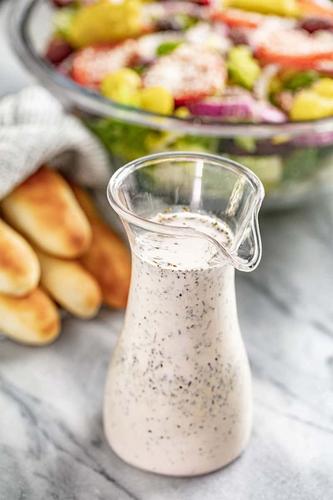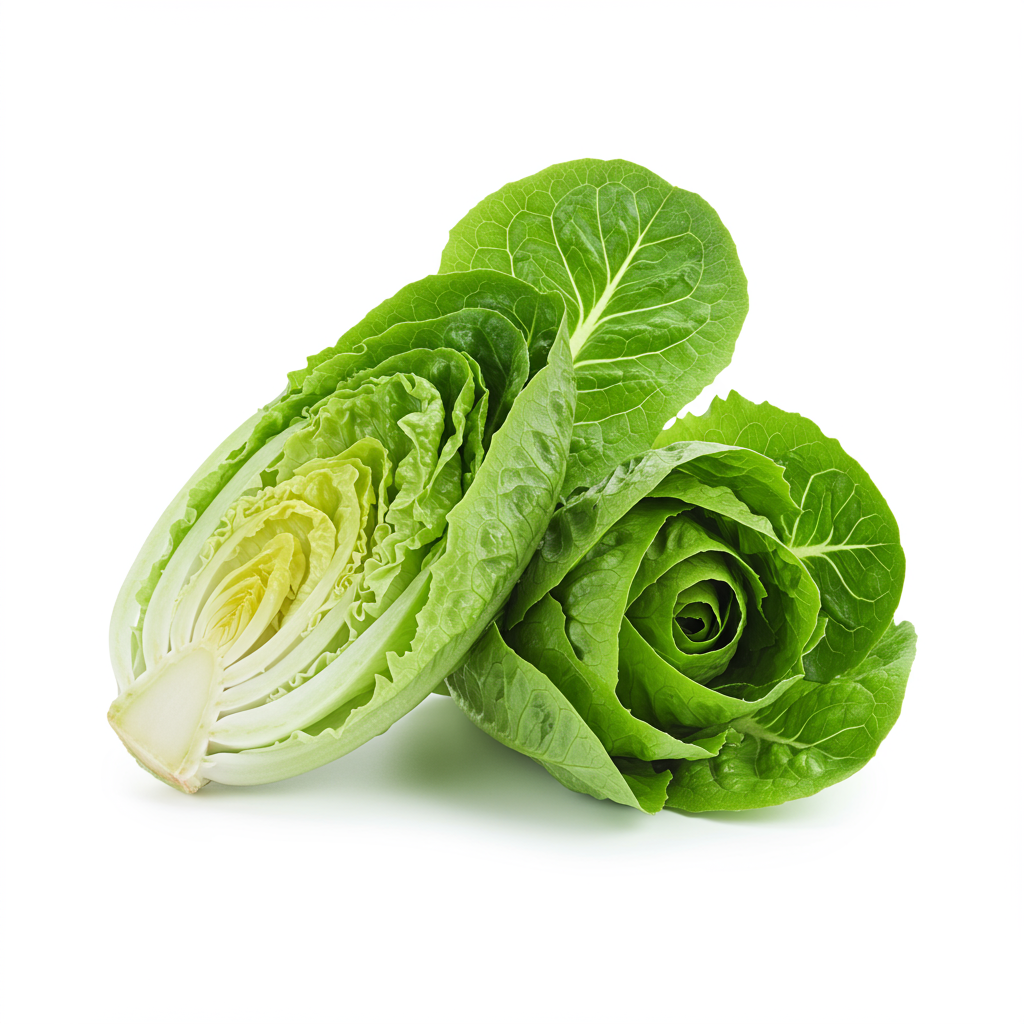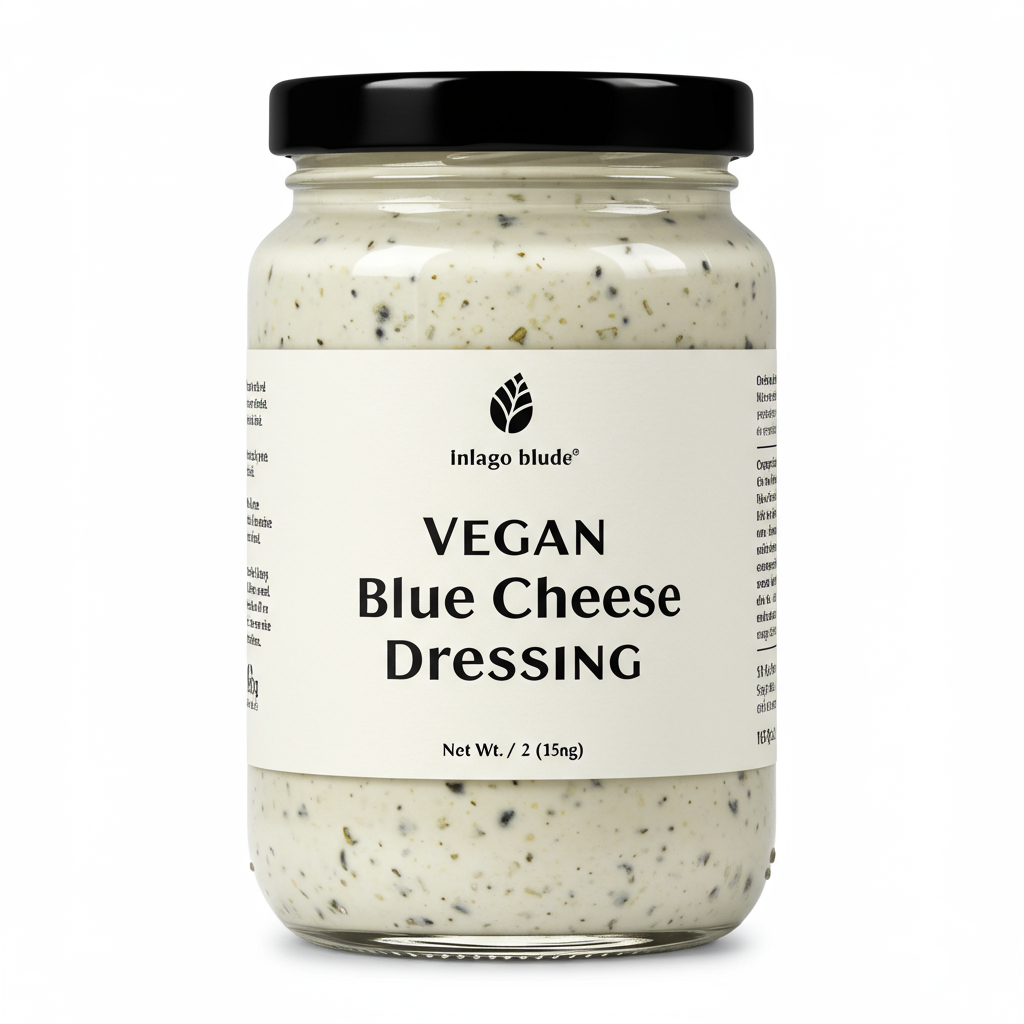Salad Dressing
Salad dressing is a sauce or condiment used to enhance the flavor, texture, and appeal of various types of salads. A key component in many cuisines, salad dressings not only complement and elevate the taste of fresh greens, vegetables, and proteins, but also help in binding and harmonizing different ingredients together. Examples of popular types of salad dressings include vinaigrettes, creamy dressings, and yogurt-based dressings.
Salad dressings can be made by mixing simple pantry ingredients such as oil, vinegar, herbs, and spices, or by using commercial readymade options available in stores. The limitless variations in flavor combinations cater to diverse taste preferences. Some classic dressings like Ranch or Caesar are predominantly used for specific salads, while versatile options like Balsamic Vinaigrette can be used in various salad recipes, as marinades or even drizzled on fruits and vegetables.
5%
CARBS
95%
FAT
0%
PROTEIN
3,182 Salad Dressing Products
Marzetti Sweet & Sour Dressing
Litehouse 1000 Island Dressing
Dietz & Watson, Hoagie Dressing
Dorothy Lynch Light & Lean Dressing & Condiment
Primal Kitchen Avocado Lime Dressing
Thai Dressing
Braswell Dressing Vidalia Onion Peppercorn, 12 ounce each - 6 per case
Culinary Tours Tzatziki Dressing
Litehouse Cotija Cilantro Dressing & Dip
Wish-Bone Select Vinaigrettes Tuscan Dressing
1 Recipe for Salad Dressing
Used In 27 Recipes
2
Zesty Chicken Taco Lettuce Boats
5
Vibrant Veggie Spring Roll Burritos
3
Golden Crunch Chicken Cobb Salad
4
Zesty Lime Salmon with Crunchy Summer Greens and Peach Salsa
1
Hearty Sweet Potato and Black Bean Bowls
3
Zesty Fiesta Chicken Salad
4
Zesty Lime and Cilantro Shrimp Burrito Bowl
3
Cheddar and Corn Fiesta Salad
Salad Dressing Is Frequently Used With
Salad Dressing FAQ
When it comes to salad dressings, many people often have questions on topics such as the correct ratios for homemade dressings, how to balance flavors and achieve the right consistency, and how to make healthier versions of their favorite dressings. A common mistake when making homemade dressings is not properly emulsifying the ingredients, which can result in a watery or separated dressing. This can be remedied by slowly mixing the oil into the other ingredients while whisking vigorously, or by using an emulsifier like mustard or egg yolk. To get the most out of a dressing, it's recommended to taste the dressing with a piece of lettuce or other salad ingredient instead of a spoon, as this provides a better sense of how the dressing and salad will taste together. As a little-known tip, dressing can be stored in a jar with a tight-fitting lid and shaken quickly to combine the ingredients right before serving. This method not only saves time, but also reduces clean-up and waste.
What's the basic ratio for a vinaigrette?
Why is my homemade dressing watery?
How do I make a creamy salad dressing?
How can I make a healthier salad dressing?
Can I use salad dressing as a marinade?
How do I make a tangier vinaigrette?
Why isn’t my dressing tasting as good as in restaurants?
How can I use leftover salad dressing?
What are some gluten-free salad dressing options?
Can I make a vegan salad dressing?
Expiration & Storage Tips
When does salad dressing expire?
Unopened salad dressings can typically stay fresh for 9-12 months from the production date. This time can vary depending on the brand and type of dressing, so it's always a good idea to check the printed 'best by' date on the packaging. Once opened, most dressings will last for around 1-3 months if refrigerated. However, homemade dressings, especially those made with fresh ingredients such as garlic, herbs and dairy, must be consumed within a week, and always kept refrigerated.
How do you tell if salad dressing is bad?
There are a few signs that your salad dressing has gone bad. If the color or consistency of the dressing has changed, it might be time to toss it. For example, if your creamy dressing is now watery or your vinaigrette seems unusually thick, those could be signs that it's expired. A foul odor is also a clear indication that your dressing has gone bad. And mustard-based dressings may have a layer of oil at the top if they're old. Always remember when in doubt, throw it out.
Tips for storing salad dressing to extend shelf life
• Always refrigerate your dressing after opening it. This helps to keep it fresh and extends its life.
• For homemade dressings, use fresh ingredients and store it in airtight containers.
• Vinegar-based dressings will usually last longer than dairy or mayonnaise-based ones.
• If you don't use dressings often, consider buying smaller bottles to avoid having too much leftover that could potentially go bad.
• To further extend the shelf life of opened salad dressing, freeze it in ice cube trays for quick, easy serving portions. It will keep in the freezer for up to 6 months. Simply defrost in the fridge a few hours before you want to use it.
EXPIRES WITHIN
7 - 11
MONTHS
Equivalents
Substitutes

Greek Vinaigrette

Sweet Onion Dressing

Tahini Dressing

Miso Dressing

Lemon Vinaigrette

Red Wine Vinaigrette

Parmesan Dressing

Ponzu Dressing

Poppy Seed Dressing

Yogurt Dressing
See All
Health Info
Macros
0g
CARBS
15g
FAT
0g
PROTEIN
Allowed on these diets
LOW FAT
HIGH CALCIUM
VEGETARIAN
MEDITERRANEAN
LOW CARB
VEGAN
LACTOSE FREE
GLUTEN FREE

